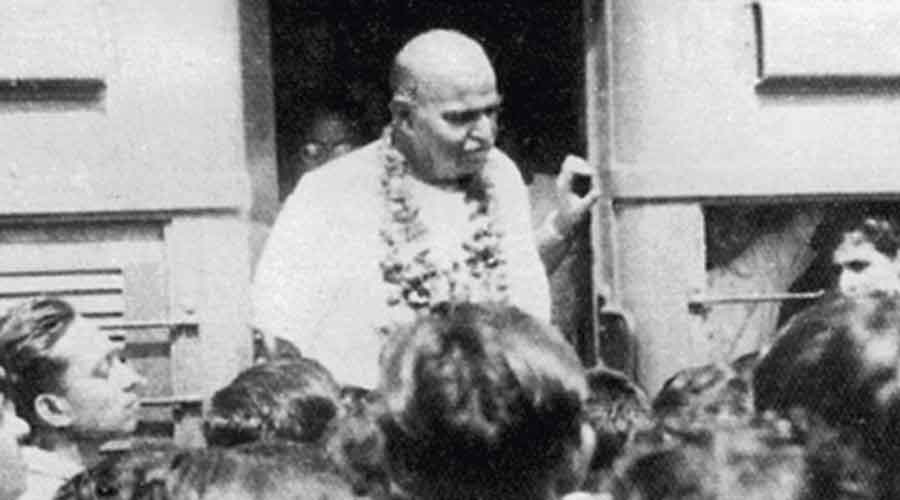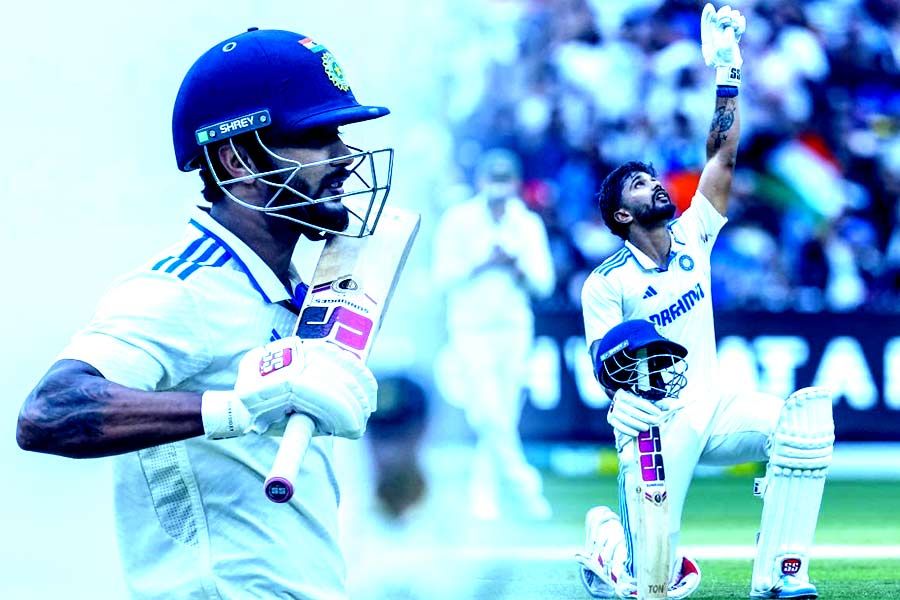Historians researching contemporary events have traditionally banked on newspapers and magazines as primary sources. Those delving into developments after the first decade of this century will probably find that printed sources would need to be supplemented with material drawn from electronic archives. With the growing importance of the electronic media, it is likely that YouTube will acquire a great deal of importance for a future generation of historians.
A perusal of the clips from television shows from the second half of 2013 to the victory of Narendra Modi and the Bharatiya Janata Party in May 2014 will reveal that there was a broad consensus among political pundits on two things. First, it was widely believed that while the momentum was with Modi, the tally of the BJP and its allies would fall short of the majority mark. This deficit, in turn, would prompt the BJP to select a less ‘polarizing’ figure than Modi as prime minister. Secondly, while it was felt that the BJP would do exceedingly well in northern and western India, Modi would fail to make a dent on the imagination of voters in eastern and southern India. The belief that the BJP is primarily a party of upper caste Hindus — with a sprinkling of support from the backward castes — was widespread in the ranks of the punditry.
The election results of 2014 and 2019 disproved both assumptions but never entirely. In the run-up to the 2019 polls, it was suggested that 2014 was a freak ‘black swan’ phenomenon and that India would revert to fractious coalition governments. Moreover, despite the BJP’s inroads into Karnataka, the feeling that eastern and southern India are out of bounds for the saffron party remained a firm belief among professional BJP-watchers. Under the circumstances, the BJP’s victory in 18 seats in West Bengal and a majority of seats in Assam came as a rude shock.
This shock may well escalate into a larger conceptual turbulence following the BJP’s dramatic showing in last week’s election to the Greater Hyderabad Municipal Corporation. Although the party lagged behind the ruling Telangana Rashtra Samithi in seats, it improved its seat tally from four in 2016 to 48 out of 150 seats. In terms of vote share, its tally of 35.56 per cent was only 0.25 per cent (or 8,456 votes) below that of the TRS.
The gradual emergence of the BJP as the principal Opposition to the TRS in Telangana may have further punctured the belief that the party cannot be a force outside the Hindi belt, but it still lingers. In West Bengal, the big battlefield for the assembly elections of 2021, the Trinamul Congress has based a big chunk of its campaign on the plank of the BJP being a party of ‘outsiders’. As the fissures within the TMC escalate, the dissidents are being advised to avoid looking at the BJP as an alternative because the party has no links with the culture and ethos of Bengalis.
Culture wars are a feature of larger political conflicts and what is happening in West Bengal is hardly unique. However, it is also true that beyond the parameters of electoral politics, there is a perception — promoted in a section of the media — that the ‘progressive’ underpinnings of modern West Bengal are at odds with the BJP’s commitment to Bharatiya sanskriti. This is a view that is shared not only by the TMC and its favoured intellectuals but also by the Left and its fellow-travellers.
The argument is facile and based on a narrow, ‘progressive’ interpretation of the past. Apart from the obvious fact that the Bharatiya Jana Sangh — the political precursor of the BJP — was born out of Bengali political impulses, founded by Shyama Prasad Mookerjee in 1952, and won its first Lok Sabha seats from West Bengal in 1951-52, there is the intellectual ancestry of modern Indian nationalism. Despite the implicit suggestion of some historians that West Bengal’s turn to Left politics after Independence was a consequence of the 19th-century Bengal Renaissance, the linear movement is not obvious. The exposure to European ideas did certainly steer a small section of Bengali Hindus in the direction of British Anglican theology — although these influences didn’t necessarily lead to the growth of Christianity — but the deeper impact was that of nationalism. The nationalism that influenced Hindu Bengalis was that which stemmed from the imagery of Bankim Chandra Chatterjee, the Hindu pride of Swami Vivekananda and the political imagination of the likes of Sri Aurobindo and Bipin Chandra Pal. It was inherently conservative in inclination and centred on the creation of religio-political impulses. This strand of political thought was naturally at odds with both Gandhism and the progressivism promoted by the communist parties, not to mention the liberal cosmopolitanism that struck roots in a section of Hindu Bengalis.
The dominant hold of Mahatma Gandhi on India’s nationalist imagination led to intriguing developments in Bengal. The leadership of the Mahatma was grudgingly accepted in Bengal but this was not accompanied by the internalization of the Gandhian imagination. What further complicated matters was the Bengali Hindu failure to come to terms with the ‘Muslim question’. As many historians have noted, its heart was with the Hindu Mahasabha but the body remained nominally with the Congress.
Subhas Chandra Bose personified the conflicting pulls and pressures on the Bengali Hindu: his political imagination was unquestionably pre-Gandhian, his local political conduct was dictated by alignments within conservative nationalism, and his national profile was linked to the socialist critics of Gandhi.
With Partition and Independence, the fog partially lifted and competitive politics was reduced to a straight fight between the ‘progressive’ Left and the conservative Congress dominated by the likes of B.C. Roy and Atulya Ghosh. The electoral growth of the Left from 1967 witnessed two developments. First, the economic basis of conservative politics was undermined by agricultural land redistribution and industrial collapse. Second, whether it was Siddhartha Shankar Ray in the early 1970s or Mamata Banerjee four decades later, the anti-Left forces chose to fight the communists by painting themselves a pale shade of red. The Youth Congress-Chhatra Parishad — the real political mentors of the TMC — for example, incorporated the Congress’s post-1969 Left turn.
The BJP in West Bengal, despite its national lineage, is a relatively new formation that grew out of its Rashtriya Swayamsevak Sangh core. The accretion of its strength, post-1990, drew from various streams. There was first the fallout of the Ayodhya movement, the BJP’s emergence as the principal alternative to the Congress and, most important, the appeal of Narendra Modi. In the past few years, the most significant stream has come from the TMC that — apart from a disappointment with Mamata Banerjee’s post-2016 overdependence on her own family — is at home with the BJP’s old anti-Left credentials and its new populism. If the BJP is to upstage the TMC in the assembly election next year, it has to supplement these tendencies with the neo-conservatism of aspirational India that also finds expression in the growing Bengali Hindu exasperation with economic decline and a new ‘Muslim question’. Integrating these different traditions is the political challenge before the saffron party.
There always was and will be a robust and organic Right in the politics of West Bengal. Its character and expression have evolved with time and context.











